Finally, the arrival of the Grand Koleos. It’s a car born with the historic mission of Renault Korea’s revival. It made its grand debut at the Busan Mobility Show, and is now officially for sale. We encountered the Grand Koleos at the Renault Korea factory in Busan for a test drive, featuring the E-Tech Hybrid Esprit Alpine trim.
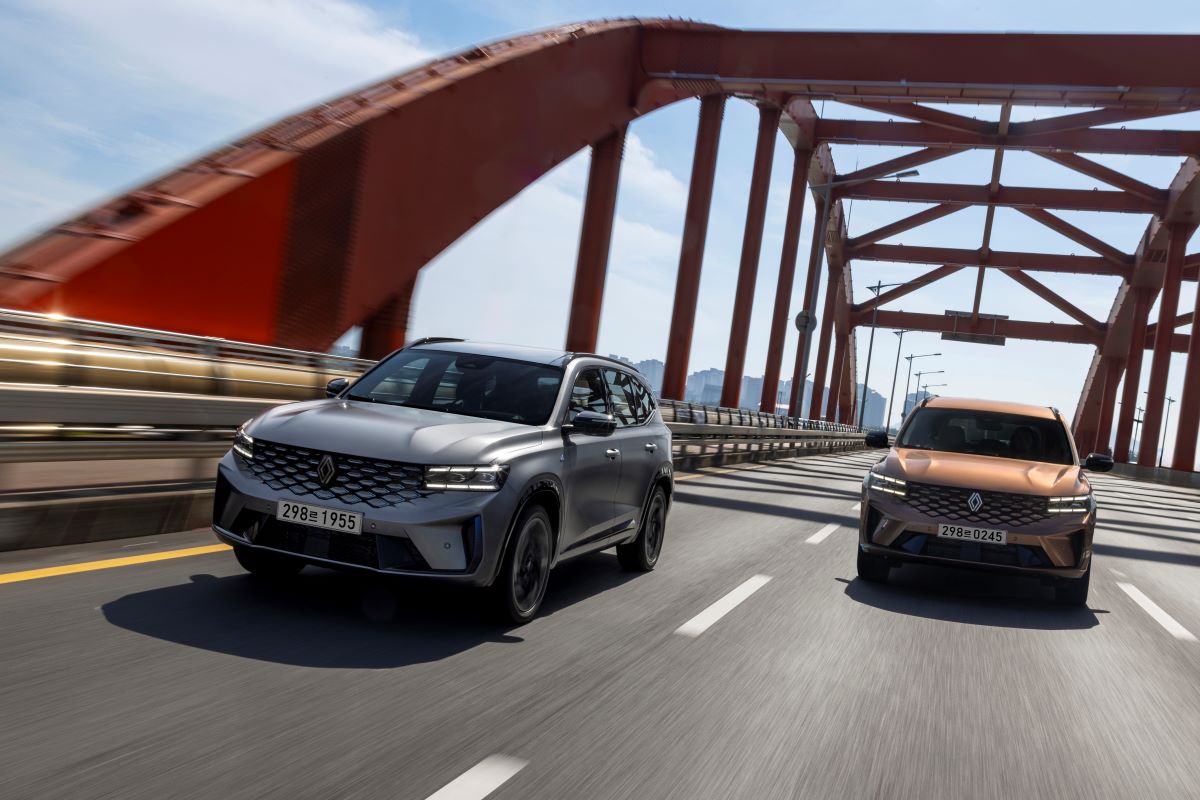
After four years, a new car has arrived. The eyes of Renault employees reflect a different light. Another new model is anticipated. It feels like emerging from a long tunnel.
Born in France and manufactured in Busan, this SUV encapsulates French sensibilities. Interior stitching features three colors to emphasize its French heritage.
Centered around the logo is a clean design. The front expresses individuality whereas the rear remains neat. The radiator grille pattern resembles a diamond shape lying on its side. The rear emphasizes straight lines and features a linear lamp design. The restrained design carries a strong presence. There are two grooves at the fuel injection port that look like dents or scratches—this is the designer’s subtle humor.
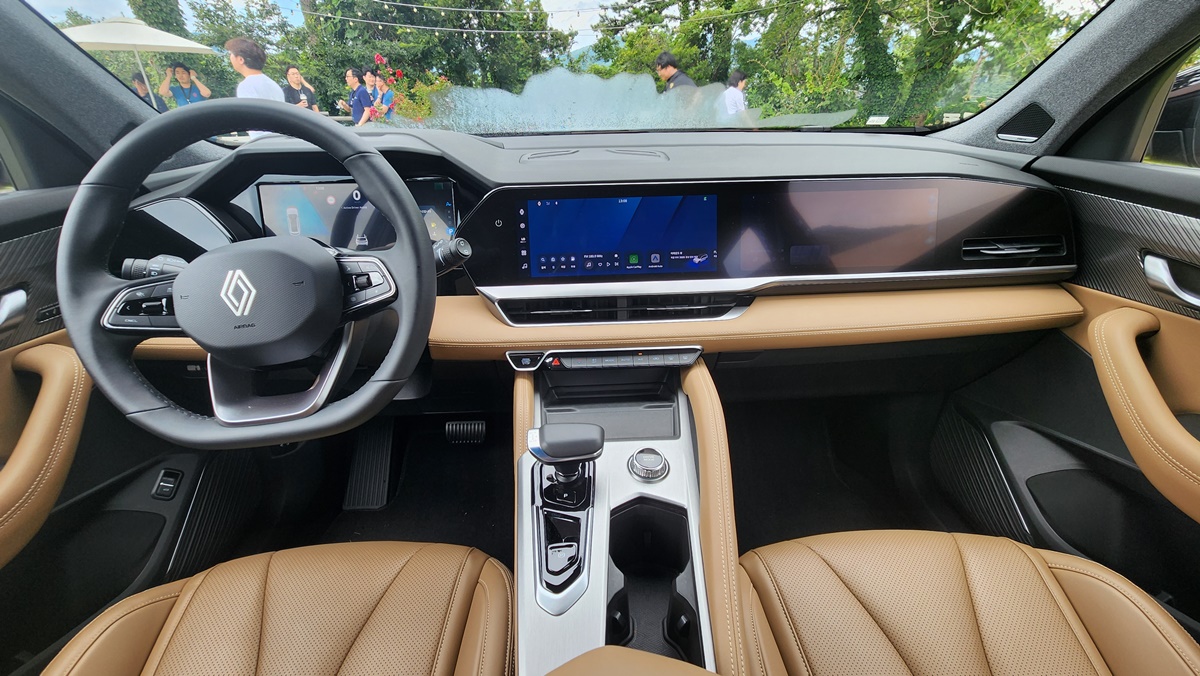
After starting the engine, I believe it was around 100 meters before I exited the factory gate. The prior explanation that this is an SUV resembling an electric vehicle fully resonates. The engine is concealed, while the motor leads the way. The initial movement, gliding quietly, left a strong impression. It truly feels like an electric vehicle.
The powertrain consists of two motors and one engine, combined with a 3-speed transmission. The output of the drive motor is 100kW, the motor responsible for starting and generating output is 60kW, and the engine produces 144 horsepower. The total system output stands at 245 horsepower. The curb weight is 1,750kg. Although it has a 3-speed transmission, the motors contribute to the gear shifting, enabling a diverse range of power combinations.
Driving is comfortable, yet the operation of the powertrain is remarkably complex. Just because it’s not visible doesn’t mean it’s absent. It diligently performs its duty behind the scenes. It precisely fulfills the role of the “back end.”

Driving modes include Eco, Comfort, Sport, Snow, and an AI mode that tailors the driving experience to the driver’s patterns. Selecting AI mode allows the vehicle to adjust accordingly. Drivers can choose from various driving modes as needed, and if in doubt, AI is the way to go. Driving modes can be selected by turning a circular lever or touching the monitor. The tactile feedback and sound of the lever operation are light and crisp.
The regenerative braking system operates in several stages. The intensity of regenerative braking can be adjusted by pushing the shift lever left or right. Options range from strong to weak, medium, or automatic. However, manual control over the complex shifting actions is not possible. There are no paddles; thus, the shift lever is used for adjusting regenerative braking instead. This may feel a bit underwhelming for drivers who appreciate engaging with various aspects of the driving experience, hence why they end up only adjusting the regenerative braking.
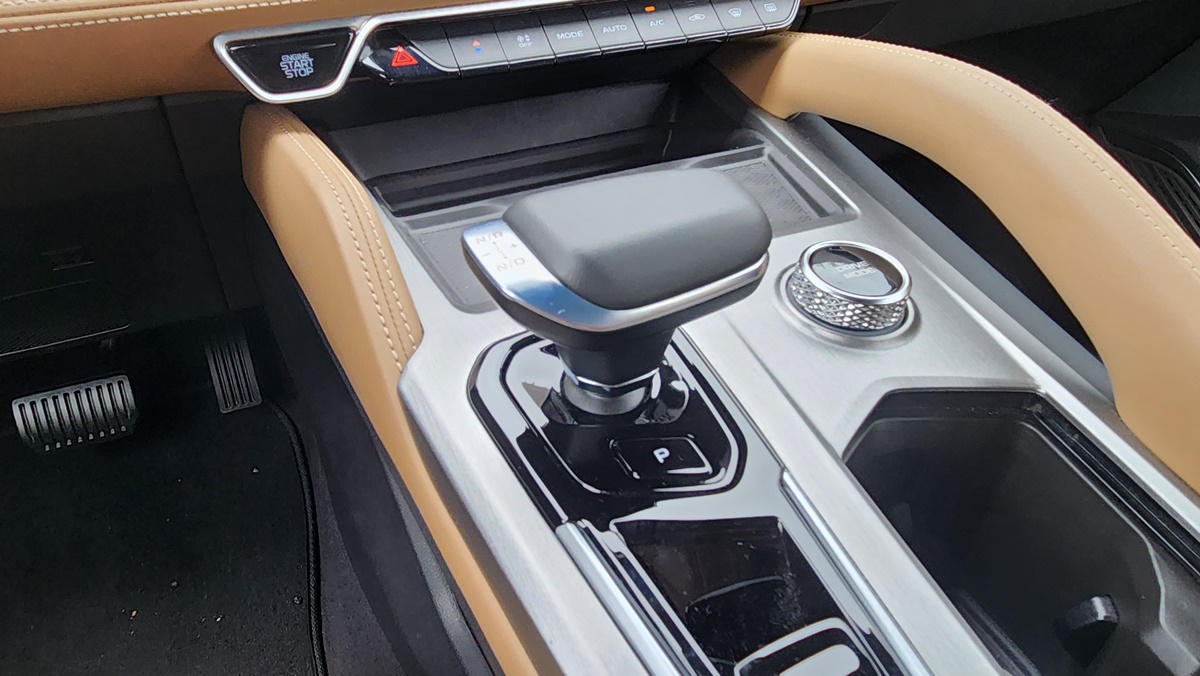
The movement is quiet and light. When the accelerator is pushed deeply without a kickdown, the concealed engine reveals its presence. The engine sound isn’t harsh; rather, it feels manageable. Acceleration up to high speeds combines a sense of lightness with adequate weight, leading to a brisk and lively body response. When urged with a firm push on the pedal, a suitable weight sensation is felt. There’s no shortage of power; it provides as much strength as needed without hesitance.
It’s quiet. At low speeds, there’s a silence reminiscent of electric vehicles, while the mid-high speed range has a low engine noise accompanied by a gentle wind sound resembling a child’s breath. It features an active noise cancellation function via the Bose audio system. The vehicle’s undercarriage is covered, minimizing wind noise.
The driving assist system is highly developed. It monitors three lanes and maintains safe distance and lane center naturally. Even in corners, it maneuvers without any deviation from the lane. It can come to a complete stop as well.
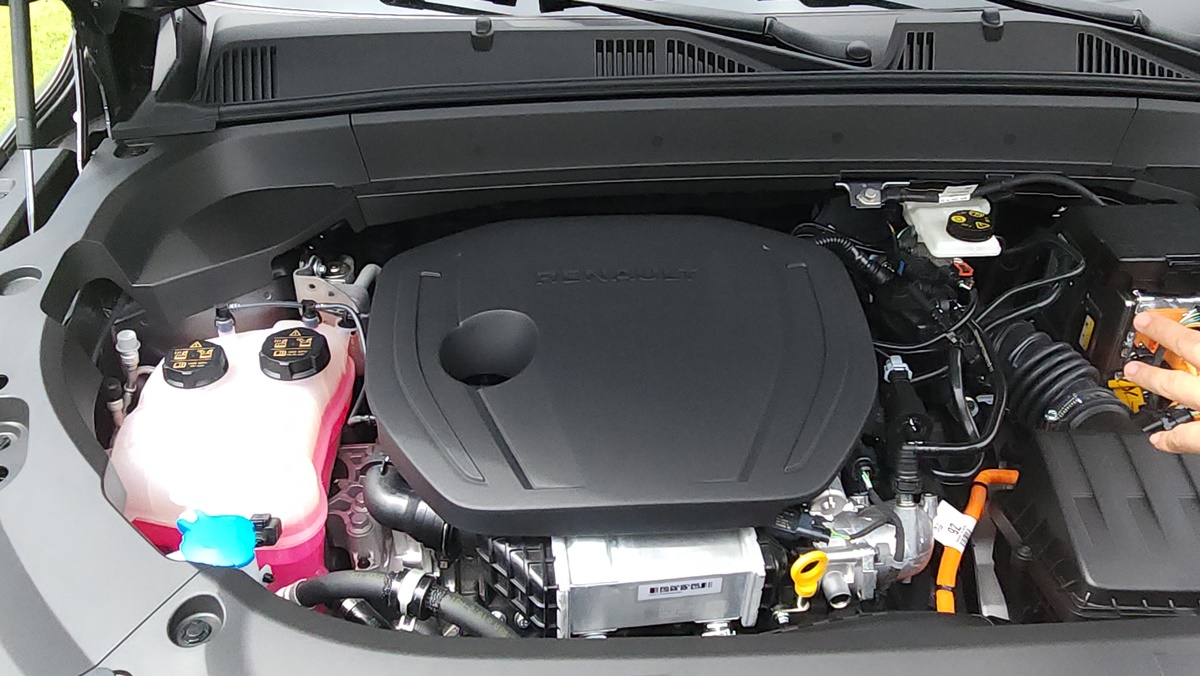
The hybrid’s high-voltage battery capacity is 1.64kWh—a significant capacity for hybrids. This means it can run in electric mode for a longer distance, improving the overall powertrain efficiency. The battery manages heat through a water-cooling system. The official combined fuel economy for the Esprit Alpine trim is 15.0km/L, while real-world mileage for a 50km drive from Tongyeong to Geoje recorded 16.4km/L.
It boasts a ground clearance of 211mm. A higher body height is advantageous for off-road driving, allowing it to traverse most off-road terrains with ease.
One standout feature is the OpenR Panorama screen. Utilizing three 12.3-inch displays, it offers a digital instrument panel, a center fascia monitor, and a passenger monitor. These convenience features are hard to find even in luxury imported cars. The passenger seat can watch YouTube, browse the internet via Naver Whale, and listen to music. Sound can be enjoyed separately through Bluetooth headphones, and the driver cannot see the passenger monitor from their seat.

The T-map navigation system has now become a complete trend. Notable automobile manufacturers are gravitating towards T-map for their navigation systems, and Renault has joined this trend. There’s also the ‘Who Auto’ feature, allowing many functions to be manipulated through voice commands.
QR codes are present on the front and rear windows—these are the QR Rescue codes. In emergency situations like accidents, first responders can quickly obtain information about the car via this QR code, potentially reducing rescue time and aiding in securing the golden hour.
The prices for different trims are as follows: ▲ Techno 37,770,000 KRW ▲ Iconic 41,520,000 KRW ▲ Esprit Alpine 43,520,000 KRW.
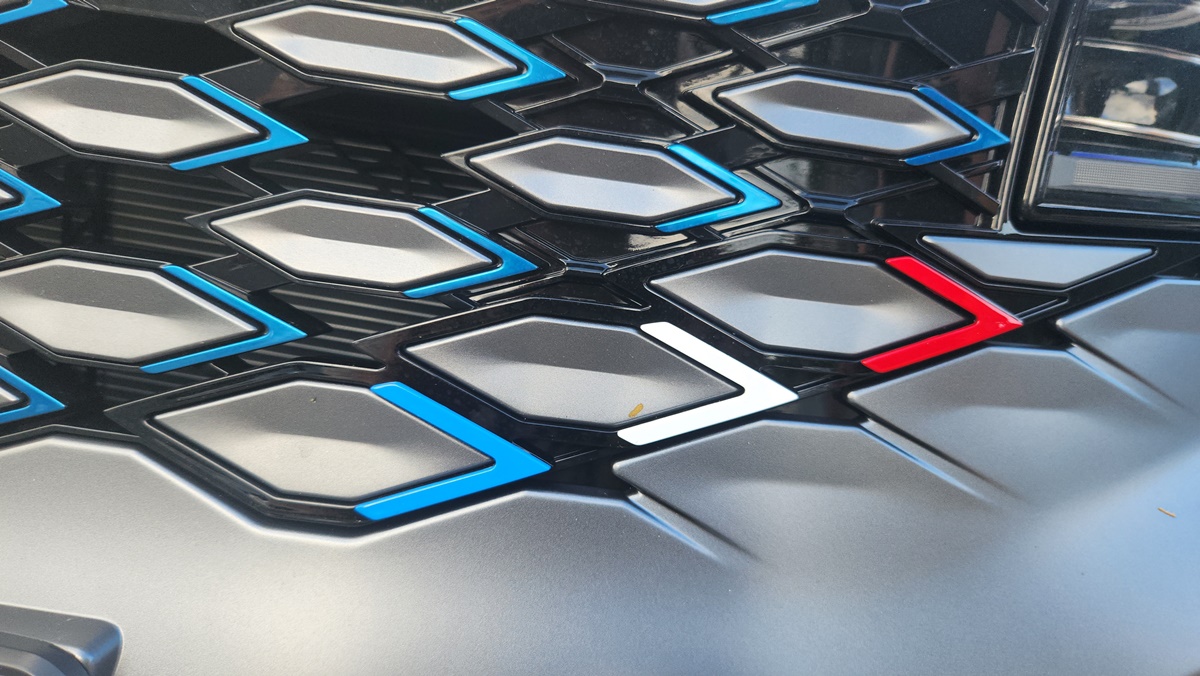
A Direct Opinion from O Jong-hun
There are no paddle shifters for the 3-speed transmission, and the shift lever is used for adjusting regenerative braking, leaving no option for manual transmission. This might disappoint those who enjoy dynamic driving.
There’s no sunroof, nor is it available as an option. While a sunroof isn’t a necessity, its absence limits consumer choice, which is indeed disappointing.
O Jong-hun yes@autodiary.kr

